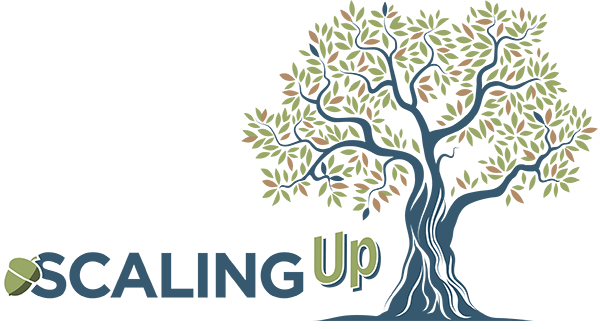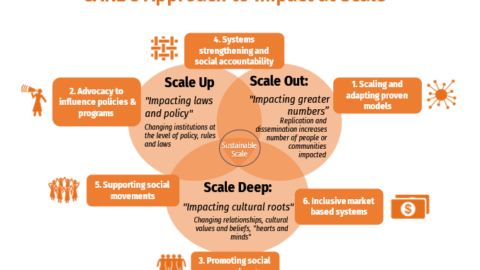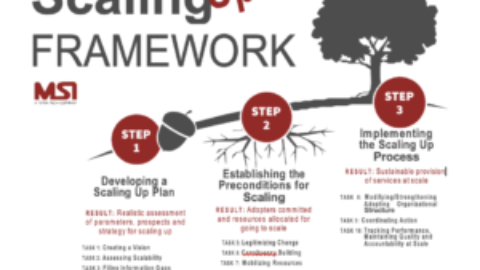By HarvestPlus, July 2020
More than 2.5 billion people are at risk of micronutrient deficiency worldwide. Also known as “hidden hunger”, and mainly resulting from poor diets, micronutrient deficiencies cause ill health, impair children’s mental and physical development, and reduce productivity in adults— all preventing people and countries from reaching their full potential.
Biofortification is the process of using conventional plant breeding methods to improve the micronutrient content of commonly consumed staple crops. Proven to be efficacious, cost- effective, and scalable, these crops can help tackle hidden hunger, especially among vulnerable groups with limited access to diverse diets or other nutrition interventions such as fortification or supplementation.
By the end of 2019, HarvestPlus had facilitated the release of 242 conventionally bred varieties of 11 staple crops in 30 countries. Biofortification is also included in national policies, programs, and regulations in 24 countries, and is increasingly integrated into funding strategies of international finance institutions. An estimated 8.5 million farming households worldwide, comprising 42.5 million people, are currently benefiting from biofortified crops.
Uganda is a notable country-level example of a successful scale-up of biofortification. HarvestPlus and partners introduced vitamin A orange sweet potato (OSP) and iron beans in Uganda to help address widespread iron-deficiency anemia and vitamin A deficiency in the country.
A recent web article and online poster describe how this innovation-led effort took shape over the past 15 years. With support from the Bill & Melinda Gates Foundation through the Reaching End Users with OSP project (2006-2009), from World Food Programme (2010-2011) through the HarvestPlus Challenge project, and from USAID through the Developing and Delivering Biofortified Crops project (2011- 2016) and the Meals for Nutrition (2017-present) project, the effectiveness, and cost-effectiveness of biofortification was proven. As a result of crop delivery activities, a total of nearly 960,000 smallholder farming households have been benefiting from OSP, and 695,000 households from iron beans.
Based on rigorous research, HarvestPlus has leveraged innovative approaches to catalyze the scale-up of delivery, including:
- The “payback system”, giving seed recipients the option of paying for the seeds with an agreed-upon portion of their harvest back to the program to benefit more households;
- A novel planting material system that increased the availability and accessibility of high- quality, high-yielding planting material, resulting in high adoption by farmers, increased consumption of these nutritious foods, and higher household incomes;
- Linking producers of biofortified crops to input providers by leveraging technologies such as the sweet potato mobile app project. Farmers will use this app to locate certified planting material and to get agronomic information pertaining to biofortified crops;
- Increasing awareness of biofortification’s benefits through creative campaigns such as a popular radio drama, My Children, which provided nutritional and agronomic information on biofortified crops; and community-level initiatives such as Lead Mother Initiative which empowered women, the biofortified crop producers, to share their knowledge about growing and preparing nutritious meals with other women in their communities;
- Strong partnership with the government through the National Biofortification Technical Working Group, enabling biofortification’s inclusion in several national health/nutrition and agricultural plans/policies and programs; and
- Partnering with the food industry (e.g., the SESACO producing instant porridge with biofortified ingredients) and connecting the value chain actors.



